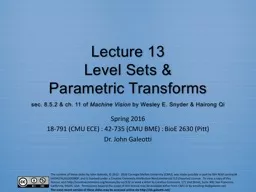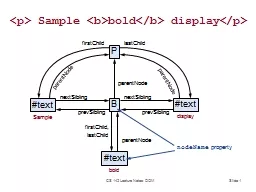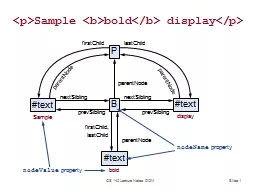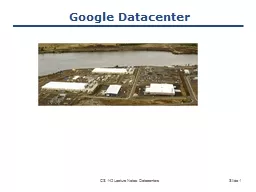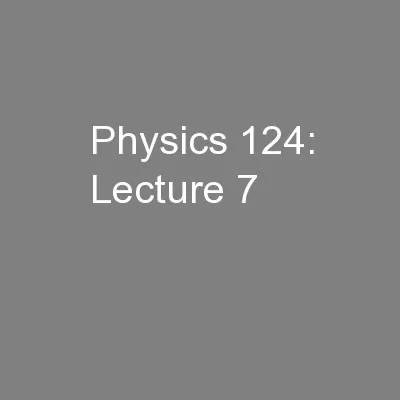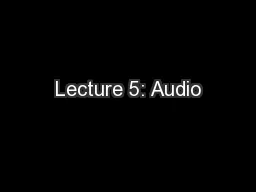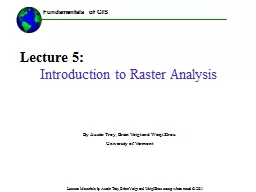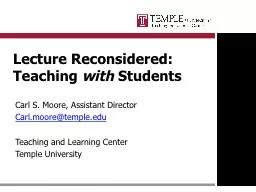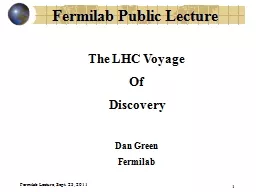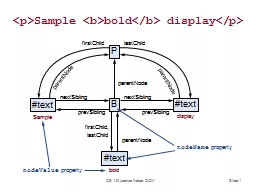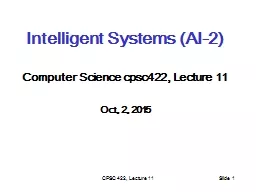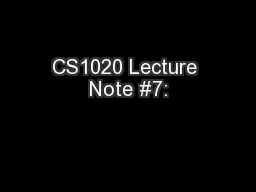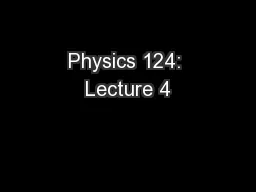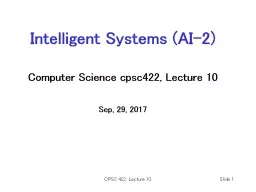PPT-Lecture
Author : alida-meadow | Published Date : 2016-04-01
13 Level Sets amp Parametric Transforms sec 852 amp ch 11 of Machine Vision by Wesley E Snyder amp Hairong Qi Spring 2016 18791 CMU ECE 42735 CMU BME BioE
Presentation Embed Code
Download Presentation
Download Presentation The PPT/PDF document "Lecture" is the property of its rightful owner. Permission is granted to download and print the materials on this website for personal, non-commercial use only, and to display it on your personal computer provided you do not modify the materials and that you retain all copyright notices contained in the materials. By downloading content from our website, you accept the terms of this agreement.
Lecture: Transcript
Download Rules Of Document
"Lecture"The content belongs to its owner. You may download and print it for personal use, without modification, and keep all copyright notices. By downloading, you agree to these terms.
Related Documents

